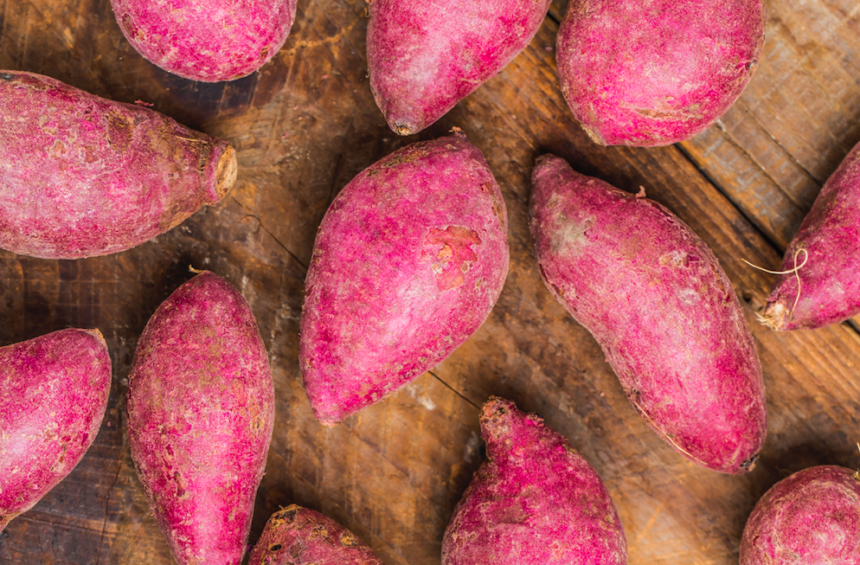Sweet potatoes are a delicious and nutritious root vegetable that can be easily grown in South African gardens. Whether you’re an experienced gardener or a beginner, here are ten important things you should know before embarking on sweet potato cultivation in South Africa:
- Climate and Season: Sweet potatoes thrive in warm climates and require a long growing season. South Africa’s diverse climate provides suitable conditions for sweet potato cultivation in different regions. Ensure you choose the right season for your specific area, as sweet potatoes are typically grown during the spring and summer months.
- Variety Selection: There are several sweet potato varieties available, each with its own unique characteristics, flavors, and maturity periods. Some popular varieties in South Africa include Beauregard, Hernandez, and Bonita. Consider factors such as taste, cooking qualities, and disease resistance when selecting a variety that suits your preferences and growing conditions.
- Soil Requirements: Sweet potatoes prefer well-drained, loose, and sandy soil with good fertility. Prepare the soil by incorporating organic matter, such as compost or well-rotted manure, to improve its structure and nutrient content. Sweet potatoes grow best in slightly acidic to neutral soil with a pH level between 5.8 and 6.8.
- Starting Slips: Sweet potatoes are typically grown from “slips,” which are young plants grown from sprouted sweet potato tubers. Purchase certified disease-free sweet potato slips from reputable sources or start your own slips by placing sweet potato tubers in a container of water until they develop roots and shoots.
- Planting and Spacing: Plant sweet potato slips in well-prepared beds or mounds. Space the slips about 12 to 18 inches (30 to 45 centimeters) apart, allowing enough room for the vines to spread. Plant the slips at a depth where only the leaves are above the soil surface.
- Watering: Sweet potatoes require consistent moisture for optimal growth. Water the plants regularly, aiming to keep the soil evenly moist but not waterlogged. Deep watering once or twice a week is usually sufficient, but adjust based on weather conditions and the moisture-holding capacity of your soil.
- Weed Control: Weed competition can be detrimental to sweet potato growth and yield. Keep the planting area free from weeds by regular cultivation or mulching. Take care not to damage the shallow roots of the sweet potato plants while weeding.
- Nutrient Management: Sweet potatoes have specific nutrient requirements for healthy growth and root development. Conduct a soil test to assess nutrient levels and make appropriate amendments. Generally, sweet potatoes benefit from a balanced fertilizer with slightly higher phosphorus and potassium levels. Side-dress the plants with fertilizer during the growing season to provide additional nutrients.
- Pest and Disease Management: Sweet potatoes can be susceptible to pests such as sweet potato weevils, nematodes, and fungal diseases like black rot and fusarium wilt. Implement integrated pest and disease management strategies, including regular scouting, cultural practices, and the use of organic or chemical controls as necessary.
- Harvesting and Storage: Sweet potatoes are ready for harvest when the leaves start to turn yellow and wither, typically around 90 to 120 days after planting. Carefully dig up the sweet potatoes, taking care not to damage the tubers. Cure the harvested sweet potatoes by placing them in a warm and humid environment for about 10 days. After curing, store them in a cool and dry place for long-term storage.
By considering these ten crucial factors before growing sweet potatoes in South Africa, you’ll be better prepared to cultivate healthy and productive plants. With proper care, attention, and adherence to recommended practices, you can enjoy a bountiful harvest of sweet and nutritious sweet potatoes from your South African garden.
Join 'Farmers Mag' WhatsApp Channel
Get the latest Farming news and tips delivered straight to your WhatsApp
CLICK HERE TO JOIN






